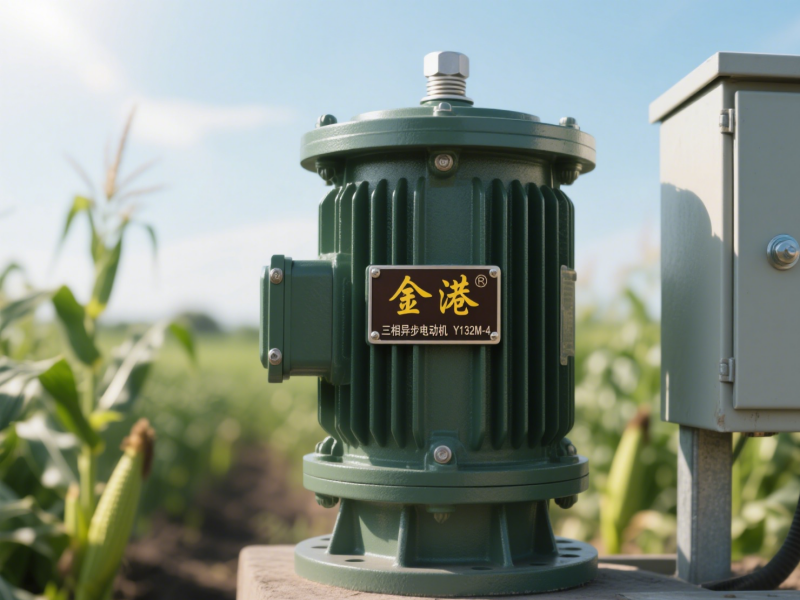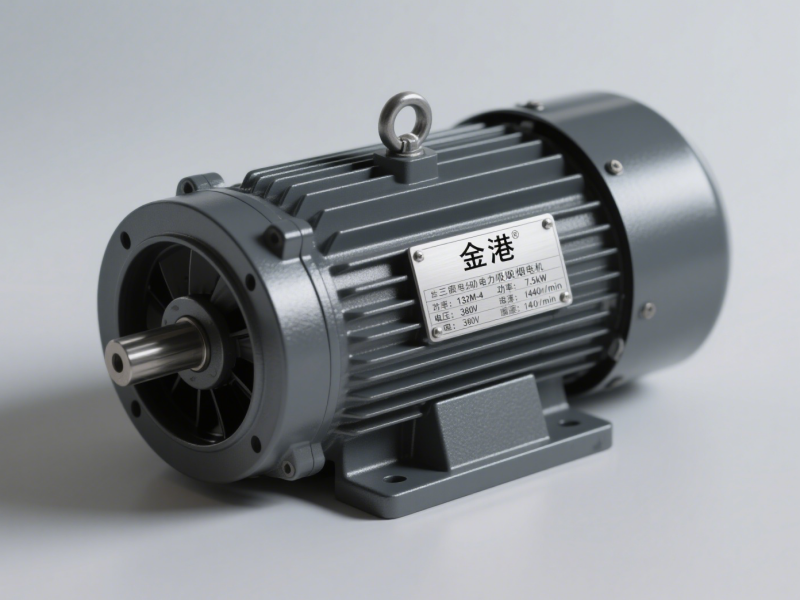What is the difference between a smoke exhaust motor and a normal motor?
Introduction to Smoke Exhaust Motors
Smoke exhaust motors are critical equipment in fire ventilation systems and are typically required to meet specific high-temperature resistance standards. They must operate stably for a specified period of time in high-temperature emergencies such as fires, helping to disperse smoke, maintain visibility of escape routes, and provide essential fresh air, facilitating evacuation and rescue operations. They are used in buildings and areas prone to crowds, such as factories, tunnels, airports, and shopping malls.
Differences Between Smoke Exhaust Motors and Ordinary Motors
Different High-Temperature Capacity: Smoke exhaust motors possess robust high-temperature resistance and are designed, tested, and certified in accordance with relevant standards such as EN 12101-3. YE3 motors, on the other hand, are typically designed only for ambient temperatures, typically below 40°C, and are susceptible to rapid damage in high-temperature environments.
Different Insulation Classes: Smoke exhaust motors typically utilize Class H insulation, which can withstand higher temperatures and ensure stable insulation performance in high-temperature environments, preventing leakage and short circuits. YE3 motors typically utilize Class B or Class F insulation, whose insulation material is less resistant to high temperatures than Class H insulation and cannot withstand the high temperatures of fires. Differences in operational mission and reliability requirements: Smoke exhaust motors are often critical firefighting equipment. Reliable operation is essential in emergencies, buying time for evacuation and rescue. The L10 service life of their bearings is often required to exceed 20,000 hours. Conventional motors are used for general power drives. While a failure might affect production or equipment operation, it generally poses no direct risk to life. Reliability requirements vary depending on the specific application scenario and criticality. Reliability requirements are lower for smoke exhaust motors in non-critical applications.
Different cooling methods: Some smoke exhaust motors use IC418 cooling, which means they rely on airflow from the driven fan instead of a cooling fan. YE3 motors typically have self-cooling fans, using fan rotation to create airflow to remove heat, and fall into conventional cooling categories such as IC411.
Different maintenance requirements: Due to their emergency use, manufacturers such as ABB recommend additional inspection and maintenance for smoke exhaust motors, including monitoring of current, noise, vibration, and other parameters. Post-operation testing is often required to assess their suitability for continued use. YE3 motors can be maintained according to established maintenance cycles and routine procedures. After simple repairs and confirmation that performance meets specifications, they can generally be put back into service.




